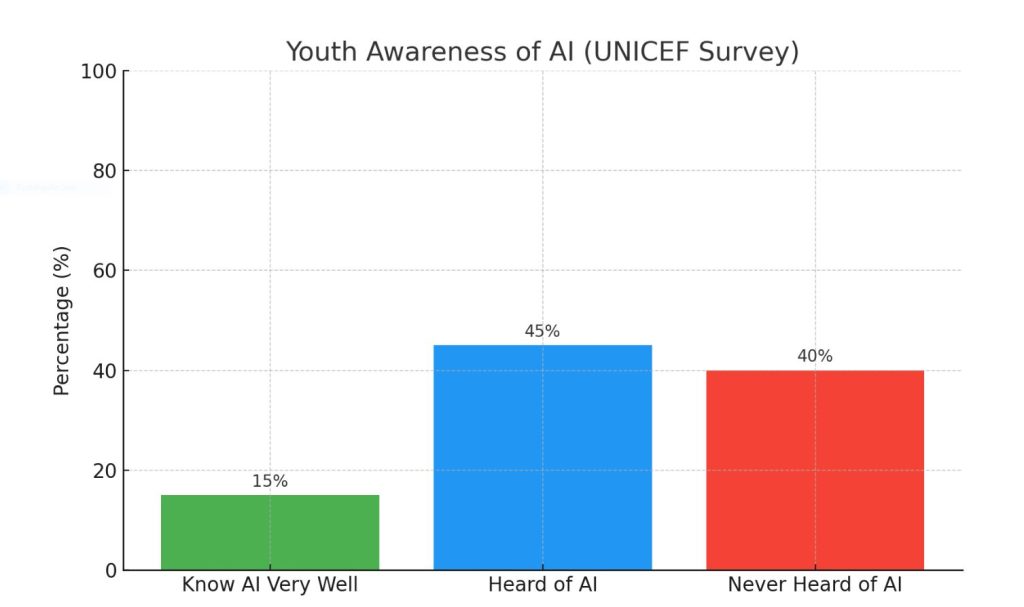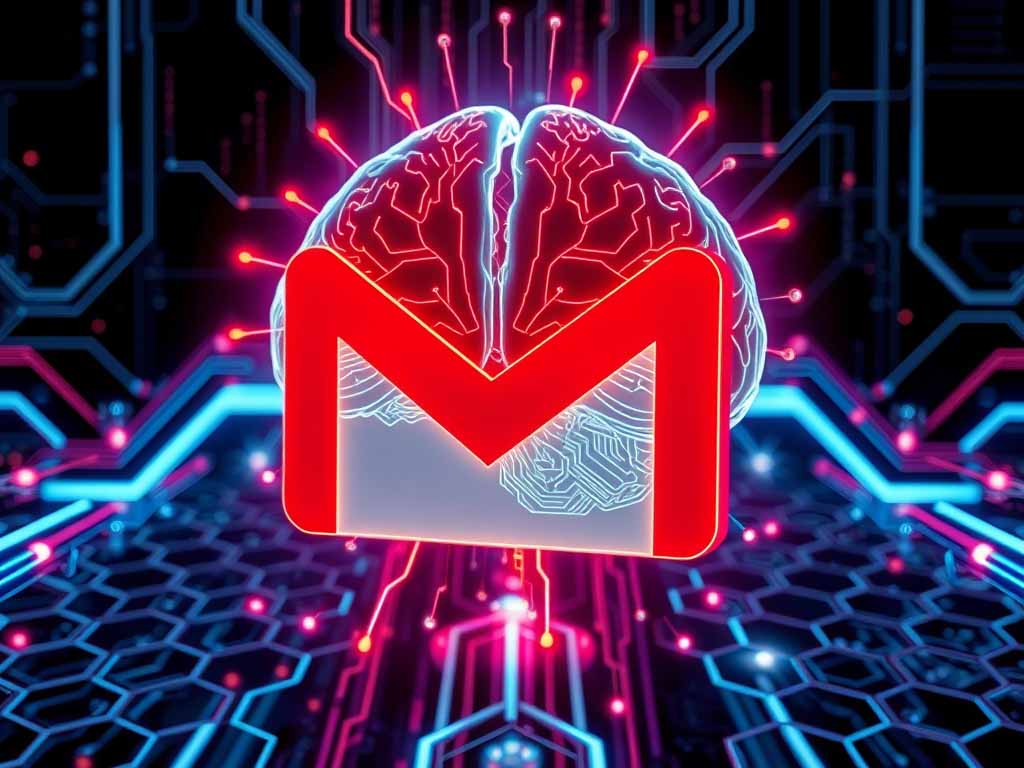Introduction
Artificial intelligence (AI) is growing very fast. Young people everywhere are already using AI tools in their daily lives. Many students use AI for schoolwork, creating content, learning new things, and even helping with job applications. But here is one big issue: most schools and teachers are not teaching students how to use AI properly.
This article explains how youth are leading AI adoption while education systems are falling behind—and why this matters for the future.
1. Young People Use AI More Than Anyone
Many studies show that Generation Z and teenagers are using AI tools more than older generations. AI is now part of everyday life for many students.
What Do They Use AI For?
| Use Case | Percent of Youth Doing It |
|---|---|
| Writing homework | 38% |
| Creating content | 35% |
| Learning faster | 29% |
| Asking questions | 41% |
| Fun or creativity | 26% |
Popular tools include ChatGPT, Google Gemini, Copilot, and image generators like Midjourney. These tools help young people write essays, learn code, practice languages, and more.
2. But Most Schools Do Not Teach It
Even though AI use is growing, schools are not teaching students how to use it safely or effectively. In fact, many schools block AI websites or say nothing about it at all.
A 2025 UNICEF report asked 330,000 students from 181 countries if they know about AI.
Results:
- 15% said they know AI well
- 45% said they have heard about AI
- 40% said they have never heard of AI
This shows a large knowledge gap, even while AI tools become part of everyday life.

3. Teachers Are Not Trained
The same problem is also happening with teachers. A report from the U.S. says that 75% of teachers did not get any training about AI. In Europe, 54% of students want to use AI at school, but only 24% say their school gives them access.
So students want to learn, but the system is not ready.
4. What Can Go Wrong Without AI Education?
If students keep using AI but do not get proper education, several problems can happen:
a. Confusion and Anxiety
Many young people feel unsure about AI. A Gallup survey found that 40% of youth feel worried when using AI. They do not know if it is helping them or hurting their skills.
b. Wrong Information
AI tools sometimes give incorrect answers. Without training, students may copy bad information or make big mistakes in homework and projects.
c. Fewer Thinking Skills
Some people use AI to write everything. Over time, they stop thinking deeply or learning how to solve problems. AI must be a support tool—not a replacement for thinking.
5. Students Want to Learn AI
Many young people say they want to understand AI. A study by GoStudent in Europe found:
- 54% of students want to learn AI in school
- Only 24% can use AI tools in class
This shows a clear gap between interest and opportunity. The same study said many students learn AI from social media, not from teachers.
6. AI Access Is Not Equal
There is also a problem with fairness. In some countries, students do not have computers or fast internet. They cannot access AI tools even if they want to. That makes the digital gap even bigger.
To fix this, governments and schools must:
- Give free or low-cost access to AI tools
- Support students in low-income areas
- Offer training with or without internet
7. What Should Be Done?
To help young people use AI better and smarter, these are the key steps:
Teach AI in Class
Schools should include AI in the curriculum—not just theory, but real-world use. Teach students how to write prompts, check sources, and use AI for research.
Train the Teachers
Teachers need training too. They must learn how AI works and how to explain it to students.
Make Clear Rules
Instead of banning AI, schools should explain when it is allowed. For example: use AI to get ideas, but not to copy full answers.
Build Thinking Skills
AI can help, but students must still learn to think critically, ask questions, and check facts.
8. The Future Needs Smart Users
AI is not going away. In fact, it will be part of every job in the future. From medicine to design to business, AI will be used everywhere.
If students learn to use AI now—and use it in the right way—they will be ready for that future. They will not only be users, but creators and leaders.
Conclusion
Young people around the world are already using AI. But the education system is too slow to catch up. Many schools do not teach AI, many teachers do not know how to use it, and many students are left confused.
To fix this, we must start teaching AI in schools today. We must help both students and teachers learn. And we must make sure every student—rich or poor—gets a fair chance to learn about AI.
The future will belong to those who understand technology. If we start now, young people will not just follow AI—they will shape it.



